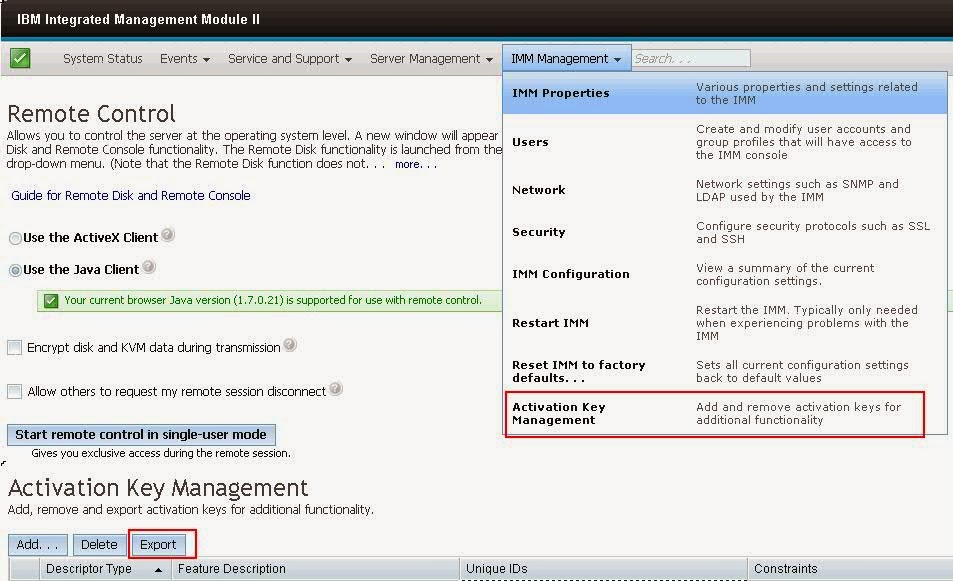SMF - Service Management Facility on Solaris 10v
SMF ( Service Management Facility on Solaris 10v )
SMF provides a centralized configuration structure for managing system services and the interaction of a service with other services.
A service can be described as an entity which provides a resource or list of capabilities to applications and other services, both local and remote.
A service is not necessarily as running process, such as a web server. A service can also be the software state of a device such as a configured
Network device, or a mounted file system.
This service identifier is in the form of a Fault Management Resource Identifier or FMRI. The FMRI indicates the type of service or category and the name and instance of the service.
# svcs --> Listing services information in Solaris 10, This command can also be used to examine the status of a specific service instance.
# svcs svc:/system/console-login:default
STATE STIME FMRI
online 14:38:27 svc:/system/console-login:default
# svcadm -v disable system/cron:default --> to disable SMF services
svc:/system/cron:default disabled.
# svcadm -v enable system/cron:default --> to enable the SMF services
svc:/system/cron:default enabled.
# svcadm -v disable -t system/cron:default ---> to disable the service temporarily.
svc:/system/cron:default temporarily disabled.
# svcs cron --> to know the status of the service
STATE TIME FMRI
disabled 20:35:25 svc:/system/cron:default
# svcs grep milestone --> To determine the current milestones
svc.startd --> This Daemon is the daemon which is responsible for maintaining the system services
ok> boot -m milestone=single-user --> In order to boot the system to specific milestone, the -m option is passed to the boot command from OBP.
svc.configd --> Daemon will manage repository. Daemon backs up the repository before applying any changes issued by the SMF commands and utilities.
These backup copies of the repository ensure that fallback is possible.
# /lib/svc/bin/restore_repository --> with this command a corrupt repository can be repaired by booting the system to single-user,
/var/svc/manifest/milestone --> this Directory contains Extensible Markup Language (XML) files, which describe the dependencies for this milestone
# svcs -d svc:/system/filesystem/local:default --> with this example shows what the service dependencies are for the filesystem/local:default service instance:
# svcs -d svc:/system/filesystem/local --> with this example shows what other services depend on the system/filesystem/local service:
# svcs -x cron --> To troubleshoot why the services are not running.
Manipulating Services that are not managed by SMF
If the FMRI prefix for a service is lrc, then that service is not currently managed by SMF
# svcs grep vol --> To check wether the service is SMF or legacy_run service.
legacy_run 14:38:57 lrc:/etc/rc3_d/S81volmgt
# /etc/init.d/volmgt start / stop --> To stop and start legacy_run services.
# inetadm --> To list the current state of all network facilities:
The Impact of SMF on Network Services:
The SMF has a major impact on network services in that each service can be independently enabled or disabled using the inetadm command.
# inetadm -d telnet --> to disable the telnet facility:
# inetadm -e telnet ---> to enable the telnet facility:
SMF provides a centralized configuration structure for managing system services and the interaction of a service with other services.
A service can be described as an entity which provides a resource or list of capabilities to applications and other services, both local and remote.
A service is not necessarily as running process, such as a web server. A service can also be the software state of a device such as a configured
Network device, or a mounted file system.
This service identifier is in the form of a Fault Management Resource Identifier or FMRI. The FMRI indicates the type of service or category and the name and instance of the service.
# svcs --> Listing services information in Solaris 10, This command can also be used to examine the status of a specific service instance.
# svcs svc:/system/console-login:default
STATE STIME FMRI
online 14:38:27 svc:/system/console-login:default
# svcadm -v disable system/cron:default --> to disable SMF services
svc:/system/cron:default disabled.
# svcadm -v enable system/cron:default --> to enable the SMF services
svc:/system/cron:default enabled.
# svcadm -v disable -t system/cron:default ---> to disable the service temporarily.
svc:/system/cron:default temporarily disabled.
# svcs cron --> to know the status of the service
STATE TIME FMRI
disabled 20:35:25 svc:/system/cron:default
# svcs grep milestone --> To determine the current milestones
svc.startd --> This Daemon is the daemon which is responsible for maintaining the system services
ok> boot -m milestone=single-user --> In order to boot the system to specific milestone, the -m option is passed to the boot command from OBP.
svc.configd --> Daemon will manage repository. Daemon backs up the repository before applying any changes issued by the SMF commands and utilities.
These backup copies of the repository ensure that fallback is possible.
# /lib/svc/bin/restore_repository --> with this command a corrupt repository can be repaired by booting the system to single-user,
/var/svc/manifest/milestone --> this Directory contains Extensible Markup Language (XML) files, which describe the dependencies for this milestone
# svcs -d svc:/system/filesystem/local:default --> with this example shows what the service dependencies are for the filesystem/local:default service instance:
# svcs -d svc:/system/filesystem/local --> with this example shows what other services depend on the system/filesystem/local service:
# svcs -x cron --> To troubleshoot why the services are not running.
Manipulating Services that are not managed by SMF
If the FMRI prefix for a service is lrc, then that service is not currently managed by SMF
# svcs grep vol --> To check wether the service is SMF or legacy_run service.
legacy_run 14:38:57 lrc:/etc/rc3_d/S81volmgt
# /etc/init.d/volmgt start / stop --> To stop and start legacy_run services.
# inetadm --> To list the current state of all network facilities:
The Impact of SMF on Network Services:
The SMF has a major impact on network services in that each service can be independently enabled or disabled using the inetadm command.
# inetadm -d telnet --> to disable the telnet facility:
# inetadm -e telnet ---> to enable the telnet facility:

Comments